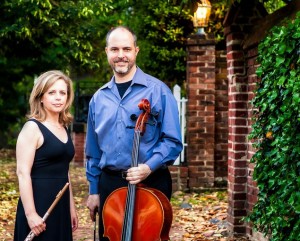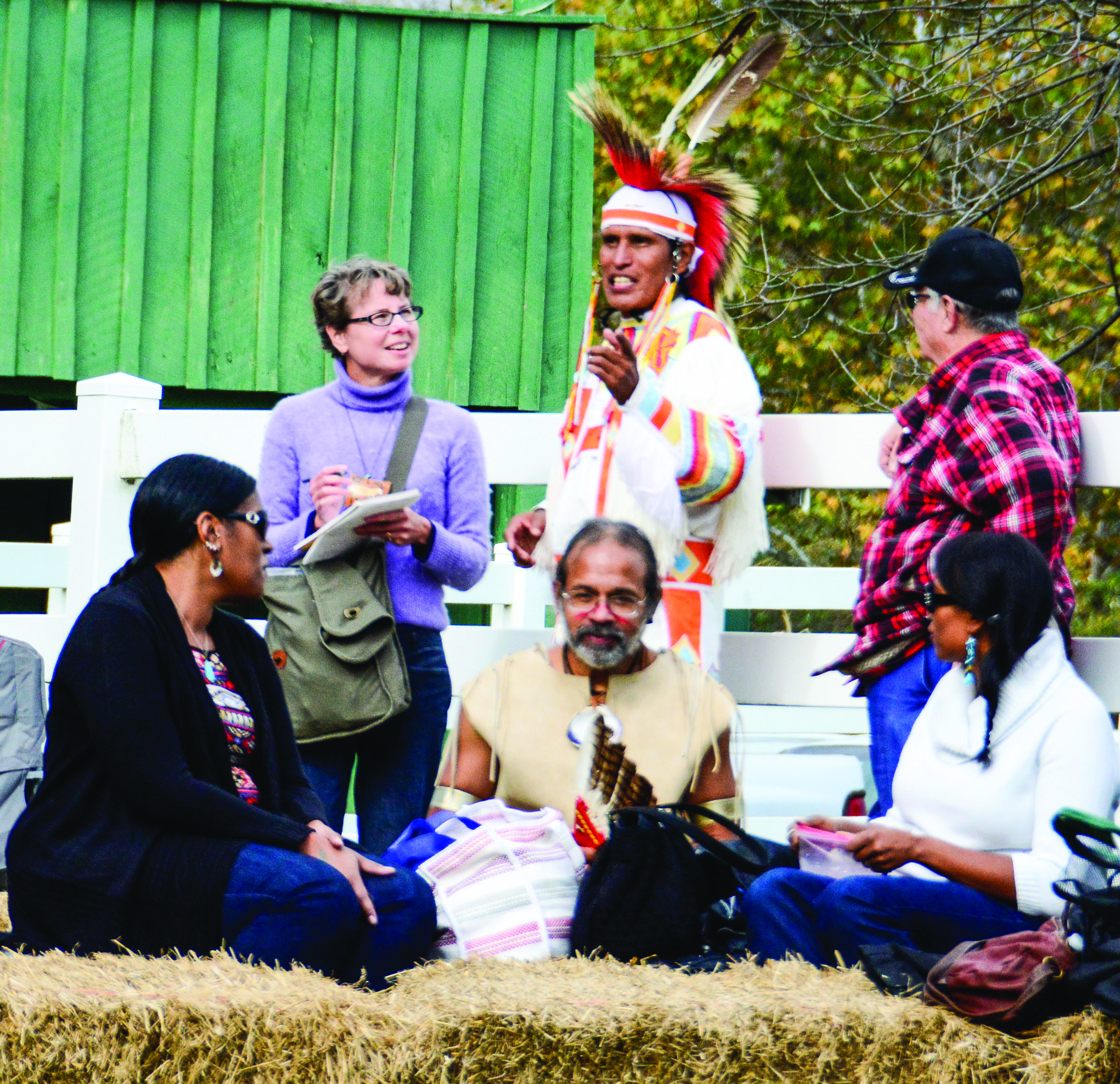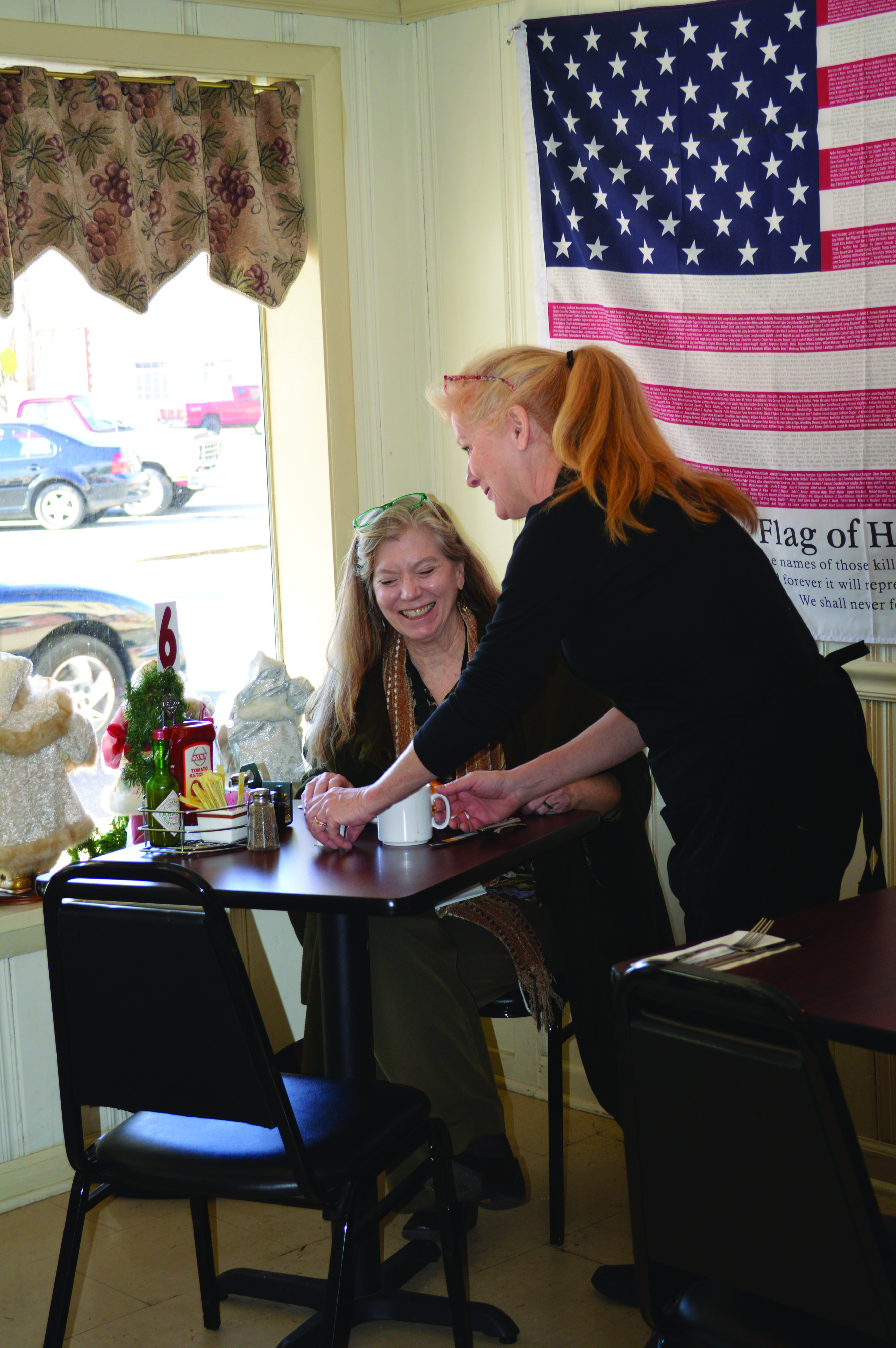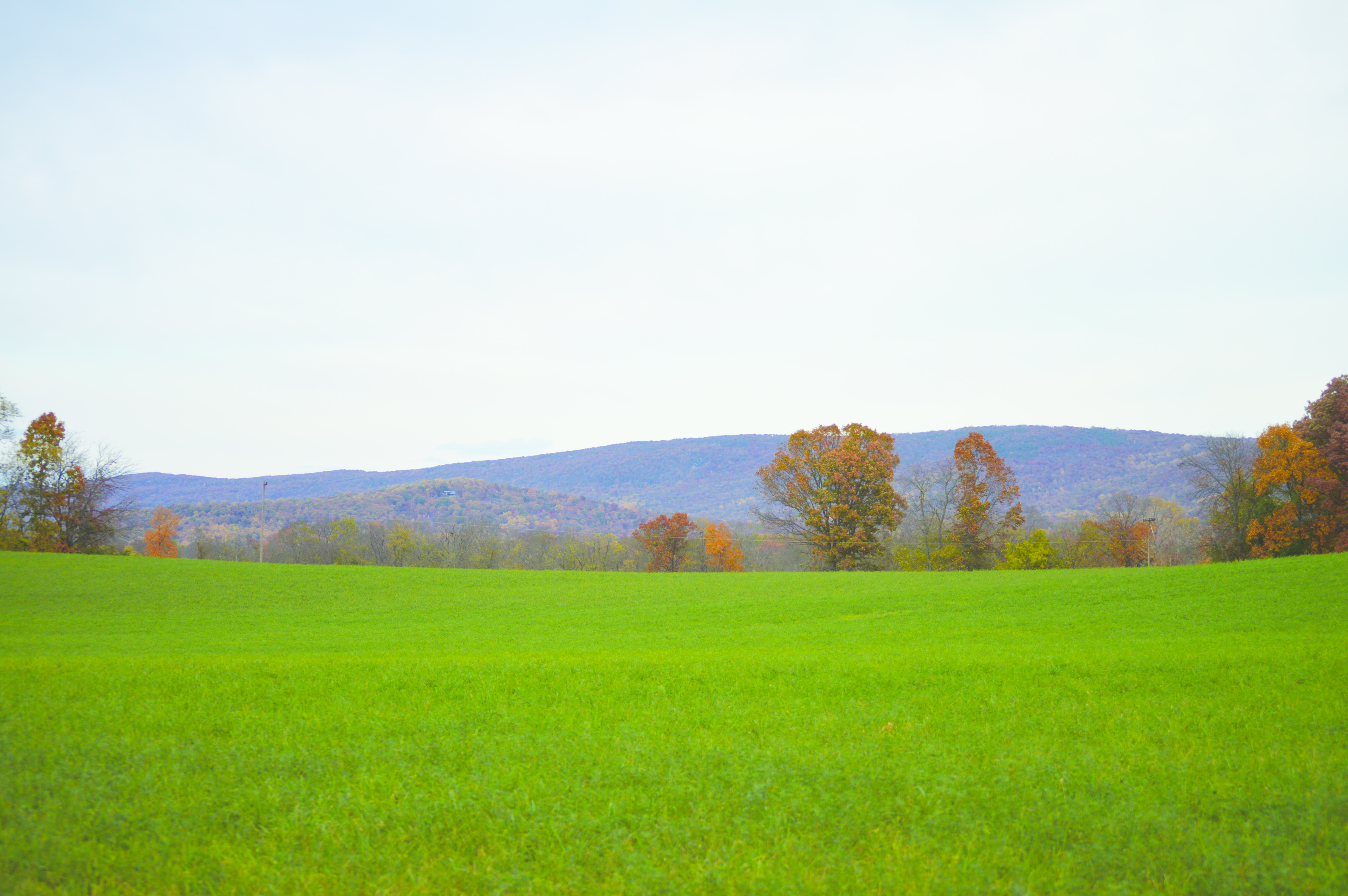Around Clarke County
13 Self-Defense Basics
Clarke County Recreation Center, 255 Al Smith Circle, Berryville; 6:45–8:45pm. Learn awareness of one’s surroundings, how to create escape routes, hit & run tactics, releases from holds, fighting strategies and use of common objects as self-defense tools. Ages 16 and up. 1 class. Instructor: Steven LaForce. $13 For information call 540-955-5140.
15
Red Cross Babysitter Training
Clarke County Recreation Center, 255 Al Smith Circle, Berryville; 9am–3:30pm. This course can help participants care for children and infants, be a good leader and role model, make good decisions and solve problems, keep the children you baby-sit and yourself safe, handle emergencies such as injuries, illnesses and household accidents, and more. Bring a packed lunch. Successful completion of final tests is required for certification. Ages 11–15. $70. 1 class. For more information call 540-955-5140.
20
Furnace Mountain
w/ Julie Miles Art Exhibit Opening. Barns of Rose Hill, 95 Chalmers Ct., Berryville. A special evening of music by Furnace Mountain and artwork by Julie Miles. Furnace Mountain is Aimee Curl on bass and vocals, Danny Knicely on mandolin and fiddle, Dave Van Deventer on fiddle, and Morgan Morrison on guitar, bouzouki, and vocals. The band creates music that is at times lively and raucous, with spirited fiddle melodies weaving in and around the powerful rhythms of the bass and bouzouki, and other times poignant and poetic. Exhibit opens at 7. Music starts at 8. $15 in advance $20 at the door. For information visit www.barnsofrosehill.org.
20
4-H Spaghetti Dinner & Auction
Clarke County Ruritan Building. Dinner is from 5–7pm (including silent auction). Live auction starts at 6:30. Auction items typically include homemade cakes, wine tastings, Rubbermaid products, home & garden items, sporting goods, restaurant gift certificates, collectibles, toys, gift baskets, live trees and much more! The funds raised will help the Clarke County 4-H Volunteer Leaders’ Association (VLA) improve and enhance opportunities available to 4-H members. VLA directly supports the 4-H youth and its educational programs such as 4-H camp scholarship assistance, regional, state and national educational competitions, and higher education scholarships. The mission of 4-H is to empower youth to reach their full potential, working and learning in partnership with caring adults.
21
Terra Voce
Barns of Rose Hill. 95 Chalmers Ct., Berryville. Terra Voce is a flute and cello duo known for lively and creative programs combining the diverse and the unexpected. Cellist Andrew Gabbert and flutist Elizabeth Brightbill thrill audiences with their virtuosity, engaging, conversational style of presentation, and their genre-expanding programs that explore musical styles ranging from Baroque to Brazilian choro, contemporary tango, Irish traditional, and beyond. Concert starts at 4pm. doors open at 3:30. $20 in advance. $25 at the door. For information visit www.barnsofrosehill.org.
26
Salam Neighbor
Barns of Rose Hill. 95 Chalmers Ct., Berryville. Salam (Hello) Neighbor is a film and campaign to connect the world to refugees. Immerse yourself into the life of a Syrian refugee through the journey of Chris and Zach as the first filmmakers allowed to be registered and given a tent inside of a refugee camp. In Syria alone, more than 4 million people have fled the country to escape the atrocities of war. Movie starts at 7. Doors open at 6:30. There is a suggested donation of $10; 70% of proceeds go to Save the Children www.savethechildren.org. For information visit www.barnsofrosehill.org.
28 Winter Film Series
Mistress America, at the Barns of Rose Hill, 95 Chalmers Ct., Berryville. College freshman Tracy Fishko (Lola Kirke) is having trouble adjusting to college life at Barnard. On her mother’s advice she contacts her soon-to-be stepsister, who also lives in New York, Brooke (Greta Gerwig). Tracy is immediately entranced by Brooke and her life-style, and becomes wrapped up in Brooke’s dream to open a restaurant. The Winter Film Series is presented by Barns of Rose Hill and Magic Lantern Theater. Film starts at 4. Doors open at 3:30. $5 for BORH and Magic Lantern members. $8 for non-members. For information visit www.barnsofrosehill.org.
March
2
Russian Duo
Barns of Rose Hill. 95 Chalmers Ct., Berryville. Russian Duo is an international project, born out of a love of traditional music and classical elegance. Oleg Kruglyakov, balalaika virtuoso, and Terry Boyarsky, masterful pianist, have teamed up for exuberant performances of soulful, passionate music. Music starts at 8. Doors open at 7:30. $20 in advance $25 at the door. For information visit www.barnsofrosehill.org; see article on page 16.
4
The Plank Stompers
Barns of Rose Hill, 95 Chalmers Ct., Berryville. Plank Stompers do not like to think of themselves as a group; but rather, as a movement. Before knowing Plank Stompers, you must first know the Preamble to the Stompstitution: “We, the Stompers of the United Planks, in order to form a more funky union, establish ruckus, insure intergalactic stank-quility, and provide listening pleasure to whoever we may encounter along the way, do hereby proclaim: If sound was butter, and the last 250 years were a biscuit, then Plank Stompers would be the hypothetical knife that smears, scrapes, and swirls all of the sounds from the past together. Pickaxes and pianos, war whoops and woodwinds, fiddles sawin’ and crows cawin’, bass drones and mobile phones, all getting pushed into a greasy noise anthology.” Music starts at 8. Doors open at 7:30. $15 in advance $20 at the door. For information visit www.barnsofrosehill.org.
4
/5 Trunk Art Show
by Cosmic Harvest! Fire House Gallery. 23 E. Main Street. Berryville. 5–7pm Friday. 11am–4pm Saturday. Local artists Keith and Kelli Patterson will share not only their art, but their philosophy in our first Trunk Art Show. They believe in supporting sustainable agriculture and will be donating part of their proceeds to a local organization (as yet undecided). Keith works with acrylics, using his own “drip and splatter” technique and bold color palettes that blend to create a unique vibrancy on his paintings. Kelli works in mixed media collages and incorporates vintage and repurposed items into her pieces. For more information visit Firehousegalleryva.com or call 540-955-4001.
5
Book Signing
Best selling local author Forrest Pritchard at the Fire House Gallery, 23 E. Main Street. Berryville; 1-3 pm. the author of Growing Tomorrow and Gaining Ground will be at the Gallery to sign books and answer questions about sustainable farming and life as a farmer/writer from Clarke County. Refreshments will include nitrate-free beef sticks and other delicious foods from the author’s Smith Meadows Farm. For information visit Firehousegalleryva.com or call 540-955-4001.
10
Sketch This!
A Drawing Workshop with Tia Maggio, Fire House Gallery. 23 E. Main Street. Berryville; 7pm. Learn how to draw what you see, not what you know, with artist and teacher Tia Maggio. Tia is an artist based in Millwood with 15 years experience as an art educator. With creative exercises in a relaxed environment, master the basics of drawing. Supplies included. $40/session. More classes coming in April. No prior experience necessary—artists of all levels are welcome. For information visit Firehousegalleryva.com or call 540-955-4001.
13
Madeline MacNeil Concert
Barns of Rose Hill, 95 Chalmers Ct., Berryville. Join Madeline MacNeil for an evening of tunes and songs. Since 1972, when she began performing in Virginia’s Shenandoah National Park, MacNeil has brought listeners into the song. Her interest in stories first brought the mountain and hammered dulcimers to her attention, for they are part of this country’s musical history. She’s been honored by folk organizations and festivals across the country. Music starts at 6:30pm. Doors open at 6. $15 in advance. $20 at the door. For information visit www.barnsofrosehill.org.












